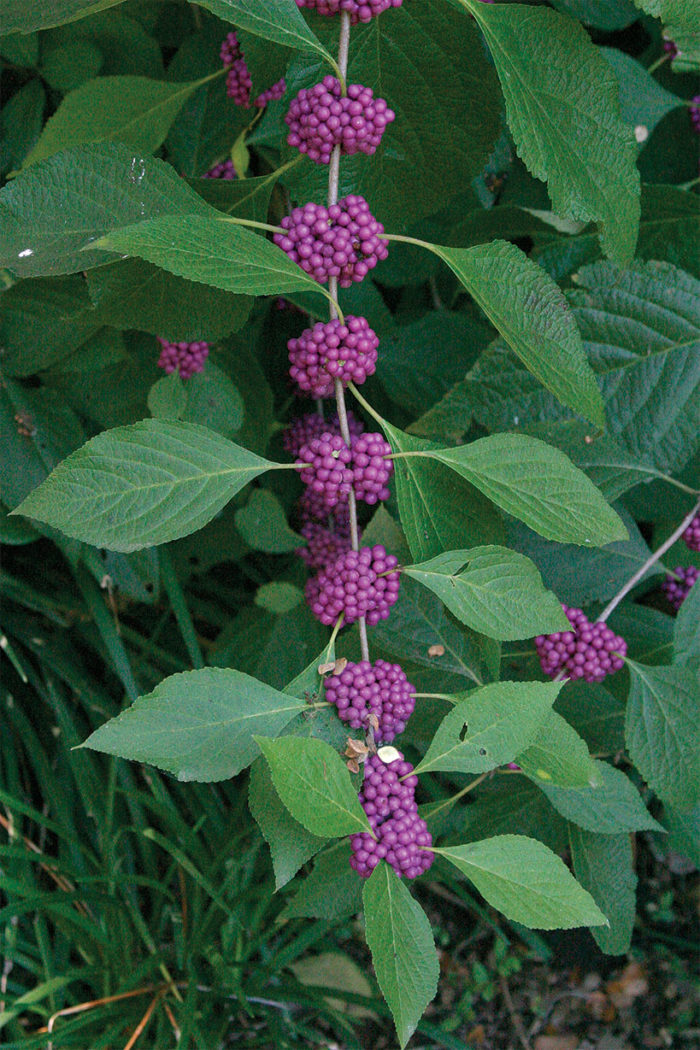
Why Plant a Rain Garden?
Aside from being beautiful, a rain garden can serve a functional purpose in protecting our environment. Human action has created a storm runoff problem. Parking lots, driveways, and roads keep rain from absorbing into the ground. As water gathers, it pools and makes its ways downhill towards larger bodies of water where it picks up substances that can be harmful to native flora and fauna. While pesticides pose their own problem, helpful fertilizers and manure wreak havoc when dumped into ponds, lakes, and the ocean where plants and phytoplankton reap the unintentional rewards. The phytoplankton and plants then can crowd out less robust species and even cause fish death.
Learn more: How to Design a Rain Garden.
“Plants suitable for rain gardens are those that thrive in periods of short-term flooding (less than two days) as well as in periods of drought, both of which are common in North American weather patterns. Avoid plants that colonize, as they will run rampant in the filter bed, and include woody plants to maximize the garden’s performance year-round.”
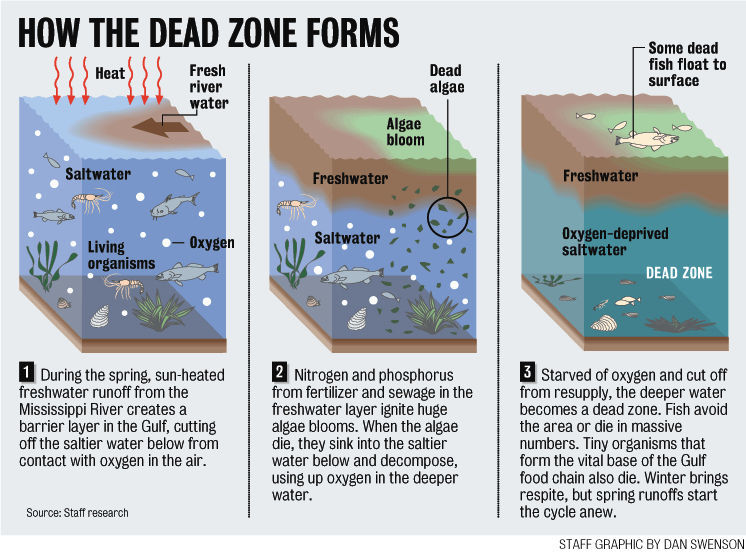
By creating areas where storm runoff can be absorbed into the ground and deposit whatever substances it may be carrying, we can help to rectify the issue.
Plants for a Rain Garden
1. Purple coneflower (Echinacea purpurea and cvs., USDA Hardiness Zones 3–9).
2. Daylily (Hemerocallis cvs., Zones 3–10).
3. Iris (Iris spp. and cvs., Zones 3–9).
4. Switchgrass (Panicum virgatum and cvs., Zones 5–9).
5. American beautyberry (Callicarpa americana, Zones 5–9).
6. Sweet pepperbush (, Zones 3–9).
7. Redtwig dogwood (Cornus alba and cvs., Zones 2–8).
8. Deciduous holly (Ilex verticillata and cvs., Zones 5–8).
To learn more about the issues storm water runoff creates see this blog post from Columbia University
To learn more about what you can do to prevent nutrient pollution, visit the United States Environmental Protection Agency’s website on the issue.
Fine Gardening Recommended Products

The Crevice Garden: How to make the perfect home for plants from rocky places
Fine Gardening receives a commission for items purchased through links on this site, including Amazon Associates and other affiliate advertising programs.

Razor-Back Potato/Refuse Hook
Fine Gardening receives a commission for items purchased through links on this site, including Amazon Associates and other affiliate advertising programs.

Corona® Multi-Purpose Metal Mini Garden Shovel
Fine Gardening receives a commission for items purchased through links on this site, including Amazon Associates and other affiliate advertising programs.

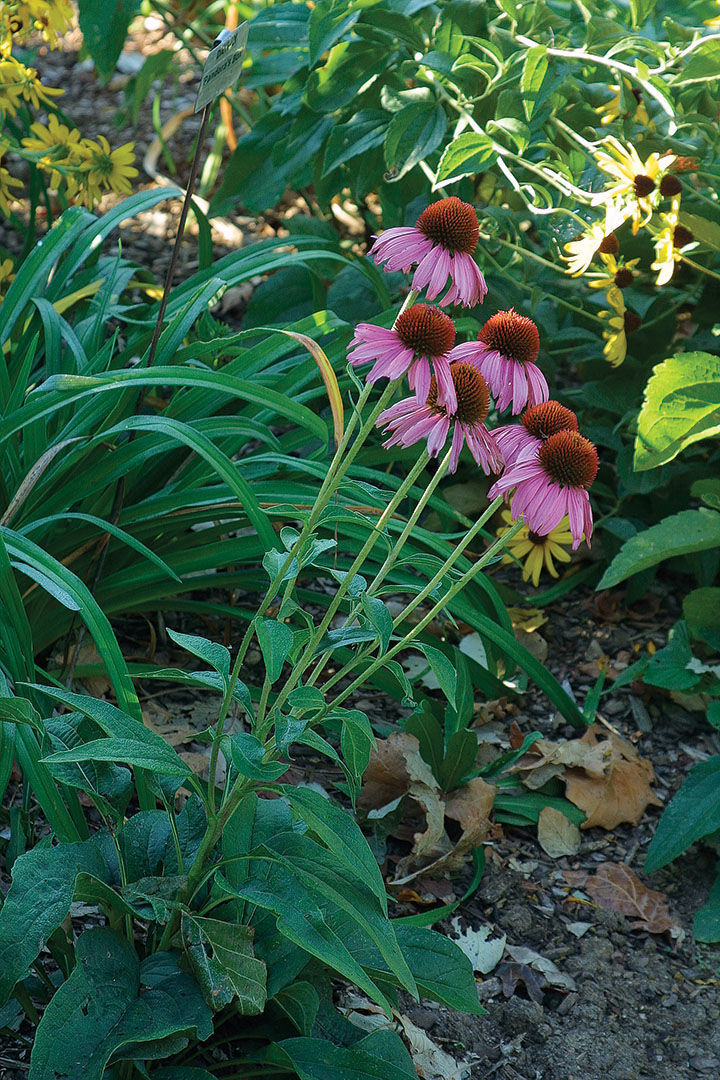


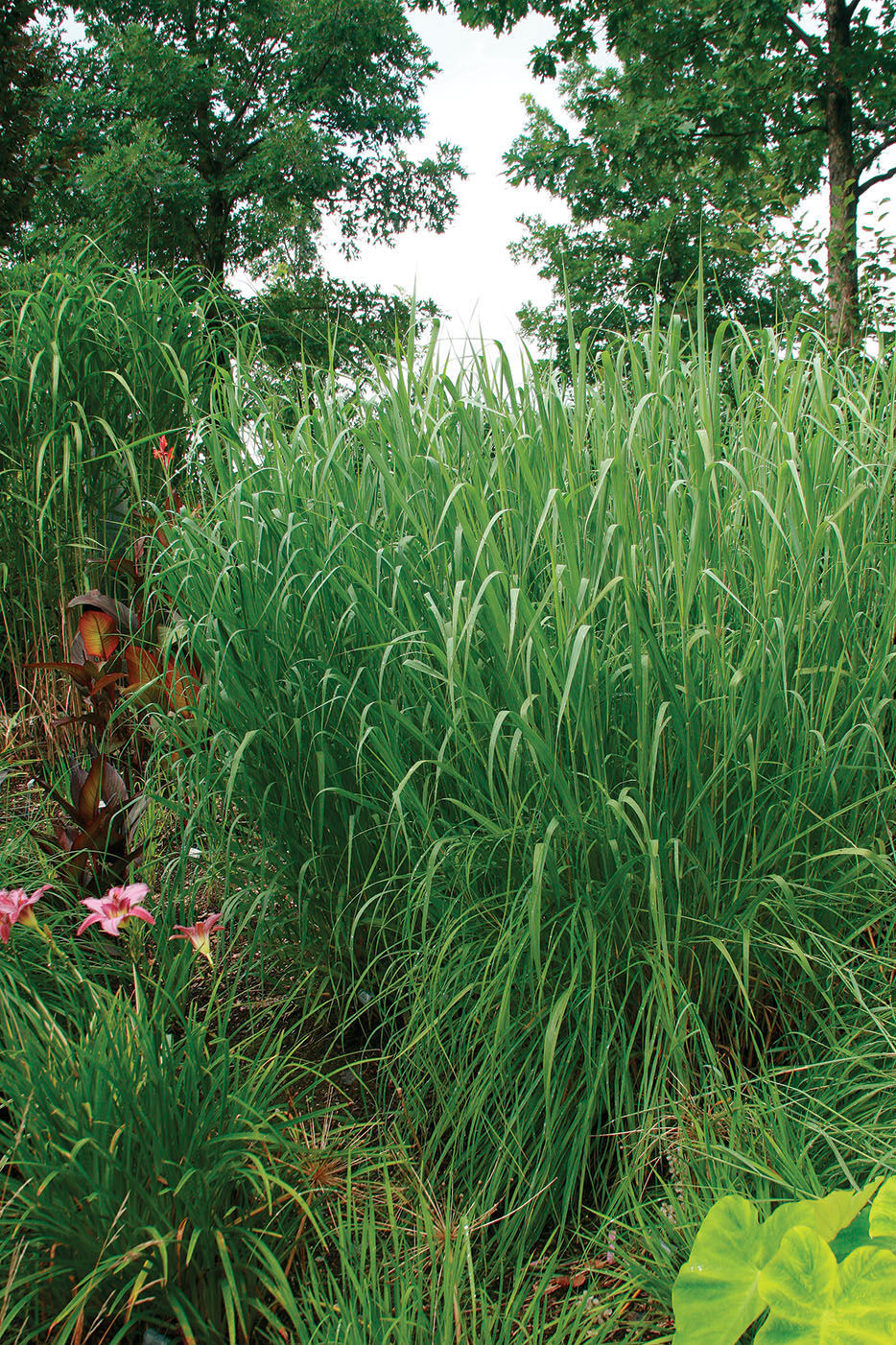
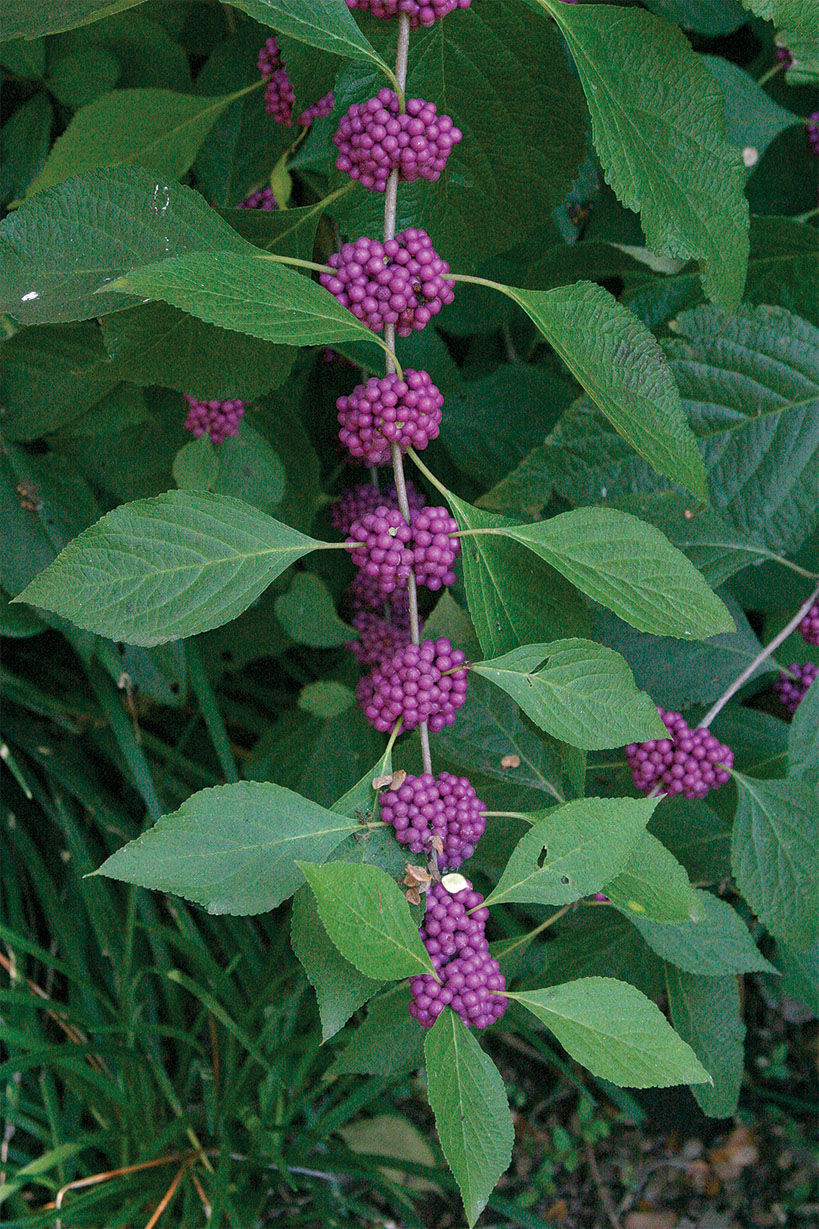
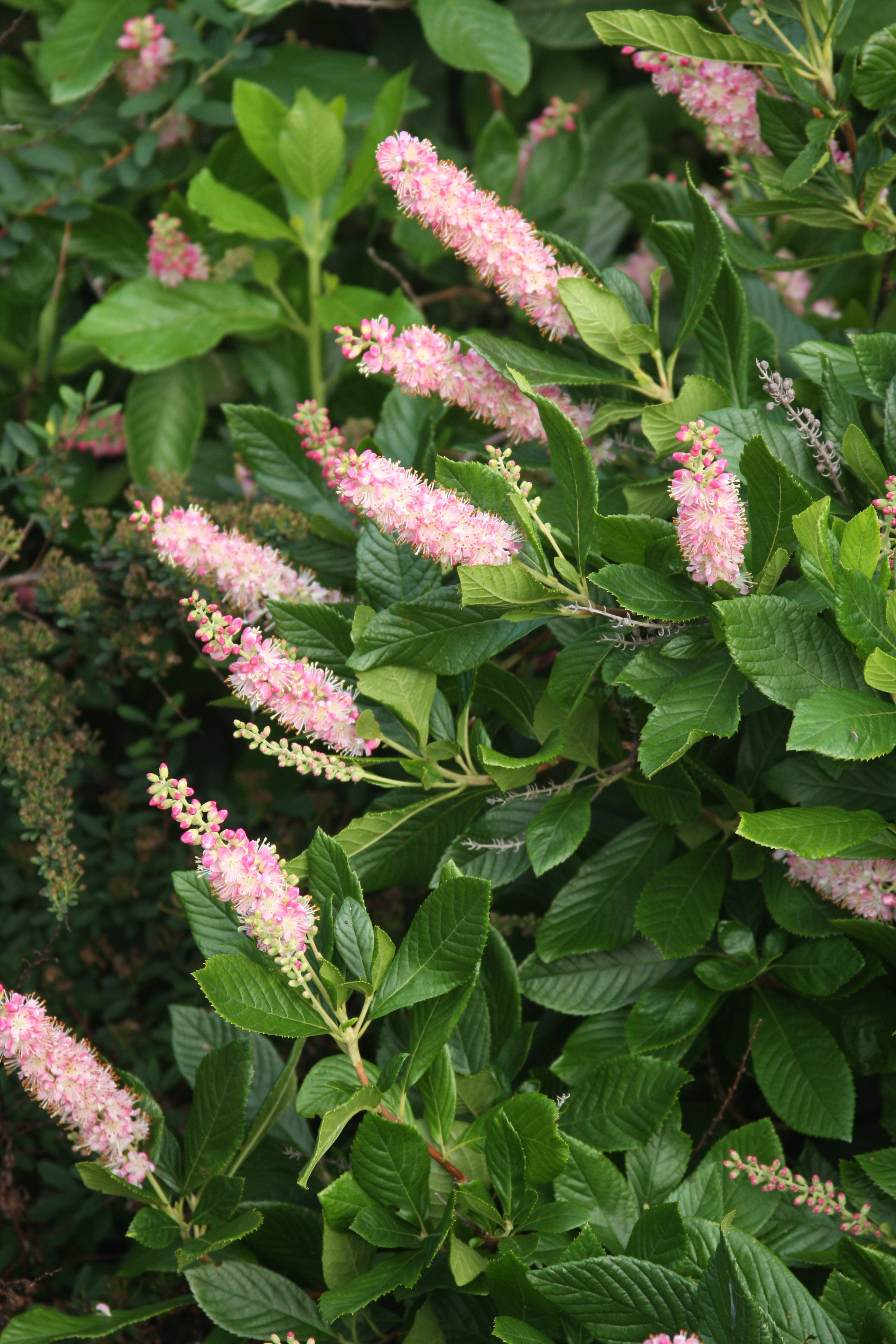
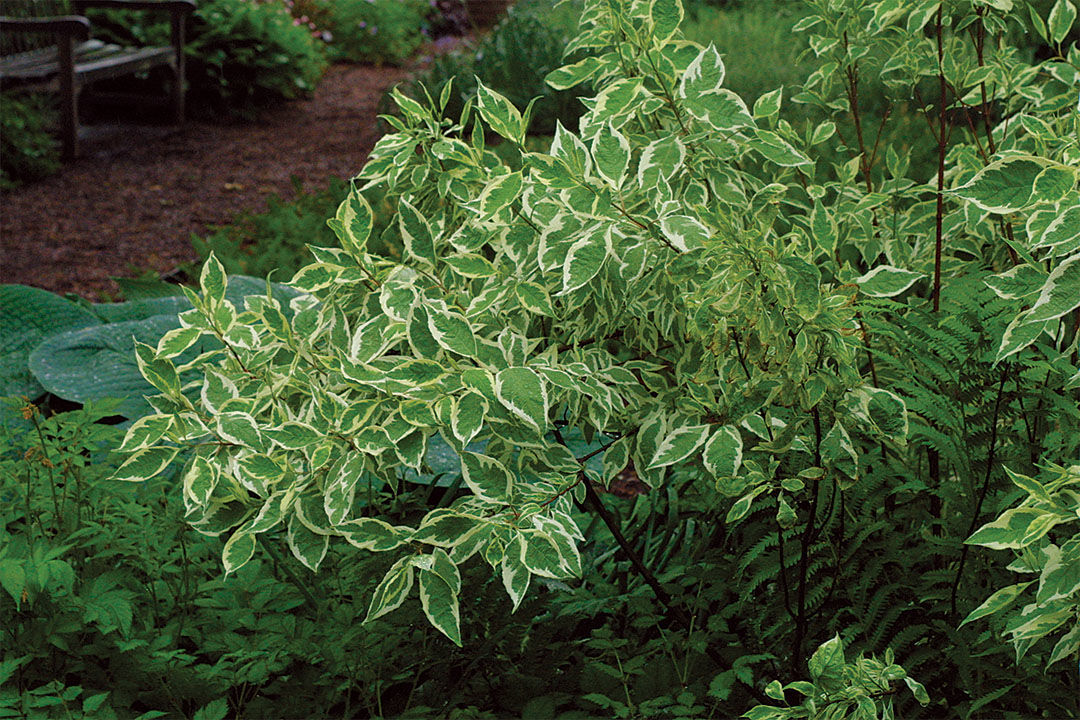




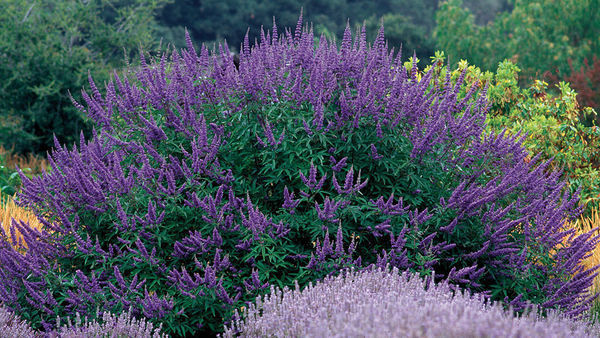













Comments
Log in or create an account to post a comment.
Sign up Log in